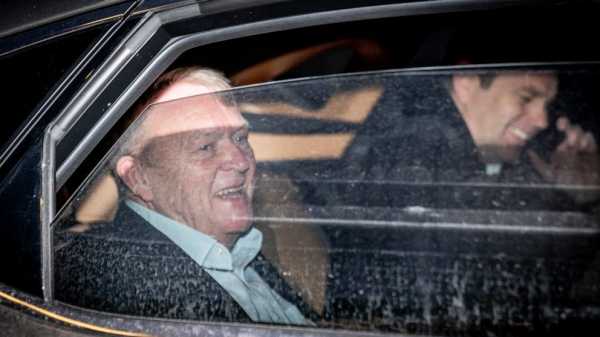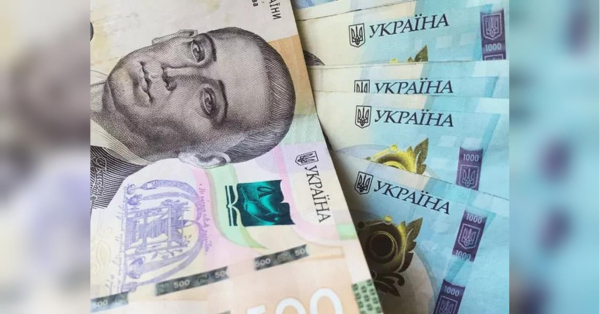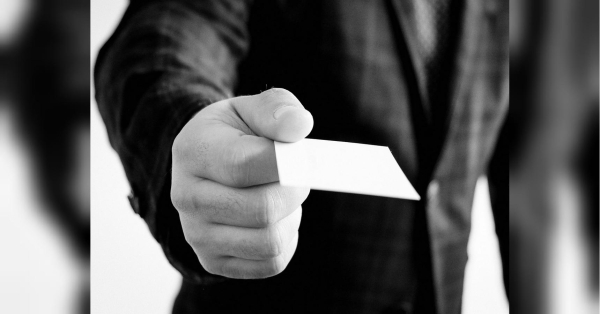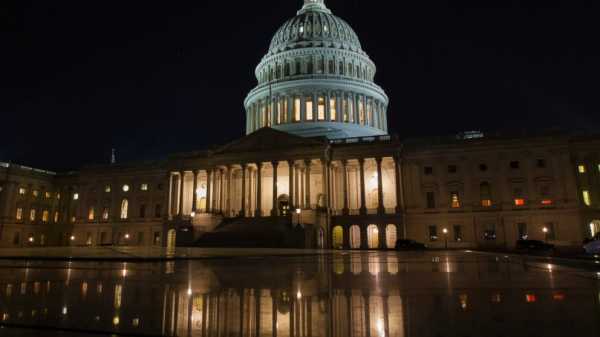
COPENHAGEN, Denmark — Acting Danish Prime Minister Mette Frederiksen on Wednesday outlined her agreement for a new centrist coalition government, the country's first in 44 years, saying it was the answer for uncertain times.
The three-party majority coalition means the end of two blocs that have opposed each other for decades.
The government includes Frederiksen's center-left Social Democrats, the center-right Liberal Party and the newly created centrist Moderate party of former Danish Prime Lars Løkke Rasmussen. The new governing coalition was announced late Tuesday after 42 days of talks following the Nov. 1 general elections.
“Despite our disagreements, we have decided to go together. We have all had to reach out to each other," Liberal leader Jakob Ellemann-Jensen said. “We have seen each other as the main enemy,” he said of the Social Democrats.
The government released a 63-page document, dubbed “Responsibility for Denmark,” outlining its plans for tax reforms, tackling a lack of employees in hospitals and inflation.
The government wants to impose an extra 5% in taxes in the top-end Danish income tax bracket, to be paid when people make more than 568,900 kroner ($80,926) per year. Another plan was to scrap a popular public holiday in 2024. It likely will be the one-day, springtime holiday created in the 17th century by merging several minor Christian holy days.
Frederiksen said getting rid of the holiday would finance boosting Denmark military spending to meet the NATO target of 2% of output by 2030 — three years earlier than first announced.
Pundits have called the coalition historical as it is also the first majority government in Denmark since 1993, when a four-party government was at the helm.
Kasper Møller Hansen, professor of political science at the University of Copenhagen, said it means that “the culture of consensus” which has dominated Danish politics for decades “has now moved into the government office,” with parties that once stood on each side of the fence.
“It is historical in the sense that it is the way they are working that is new,” he told The Associated Press. “That is historical.”
Details of who will get the different Cabinet posts will be revealed Thursday.
Frederiksen’s party won 28% of the vote, or 50 seats in the Nov. 1 vote, and the Liberals won 13.3% and 23 seats. Løkke Rasmussen and his Moderates got 9% or 16 seats. The three parties control 89 seats in the 179-seat parliament.
On top of that come the four seats from the semi-independent Danish territories of Greenland and the Faeroe Islands holding two seats each in the parliament in Copenhagen. They have said they will support the government, giving it a majority in the legislature.
The last time Denmark was governed by a centrist coalition was in 1978 when the Social Democrats teamed up with the Liberals. That lasted eight months.
Frederiksen was forced to call the vote earlier this year amid the fallout from her government’s contentious decision to cull millions of minks as a pandemic response measure. The cull and chilling images of mass graves of minks haunted Frederiksen since 2020 and eventually led to cracks in the center-left bloc.
Sourse: abcnews.go.com






